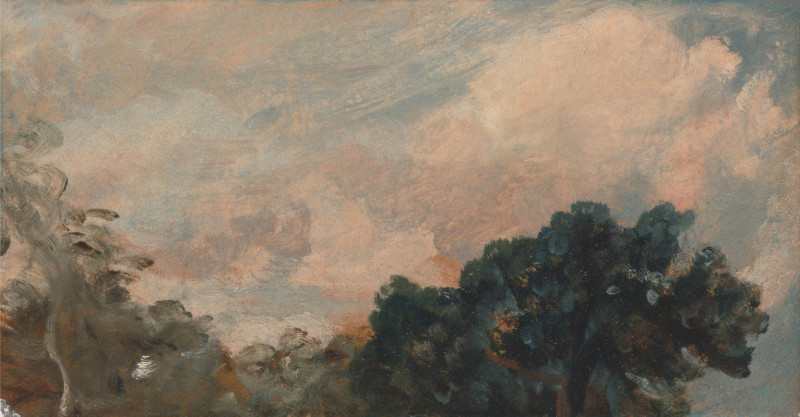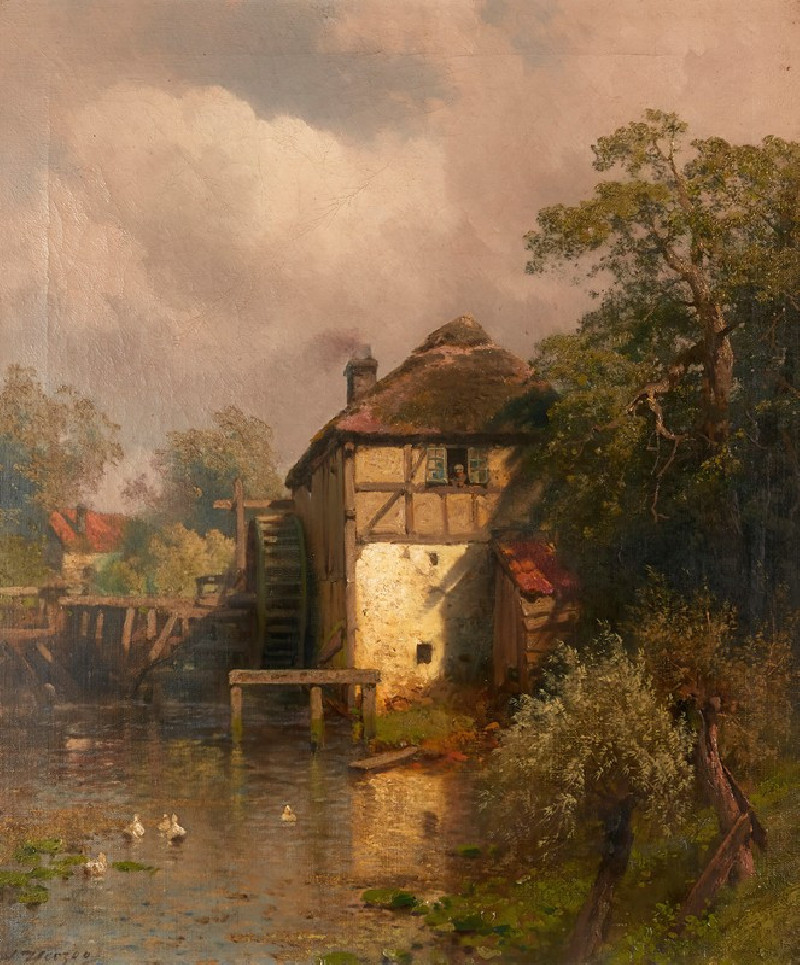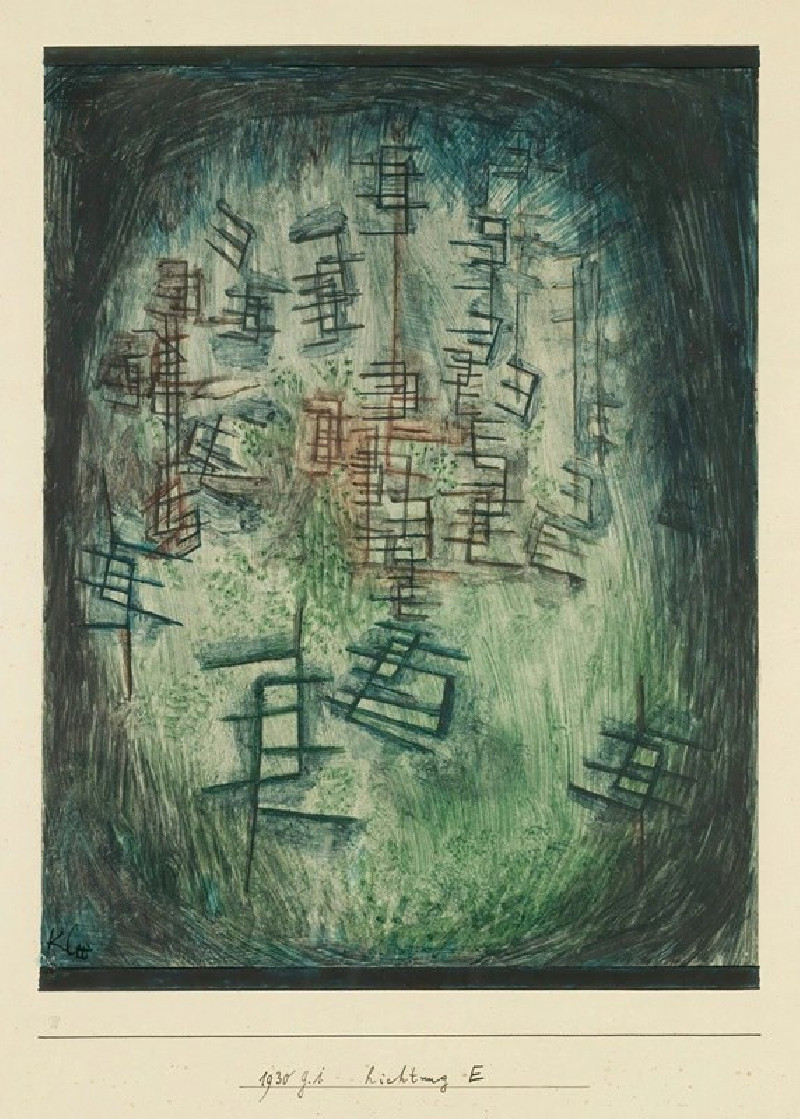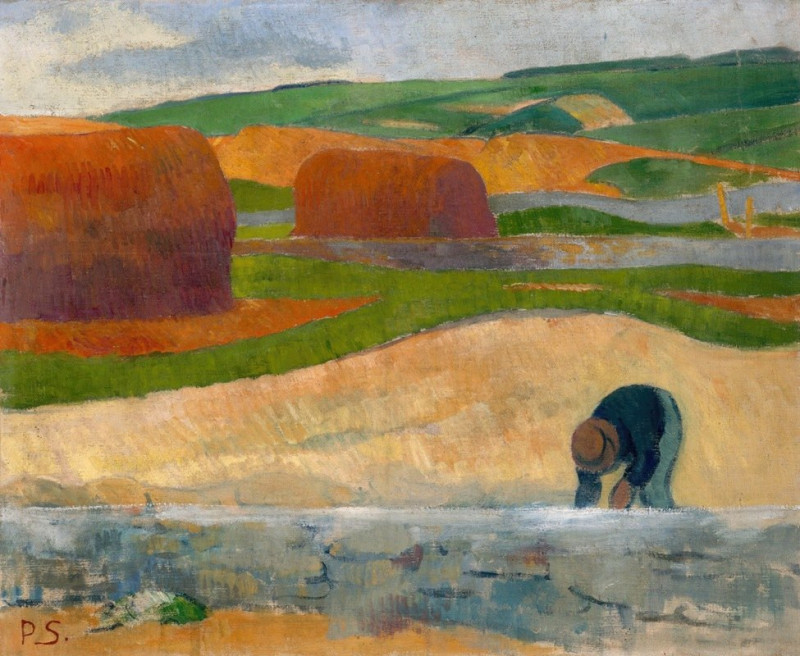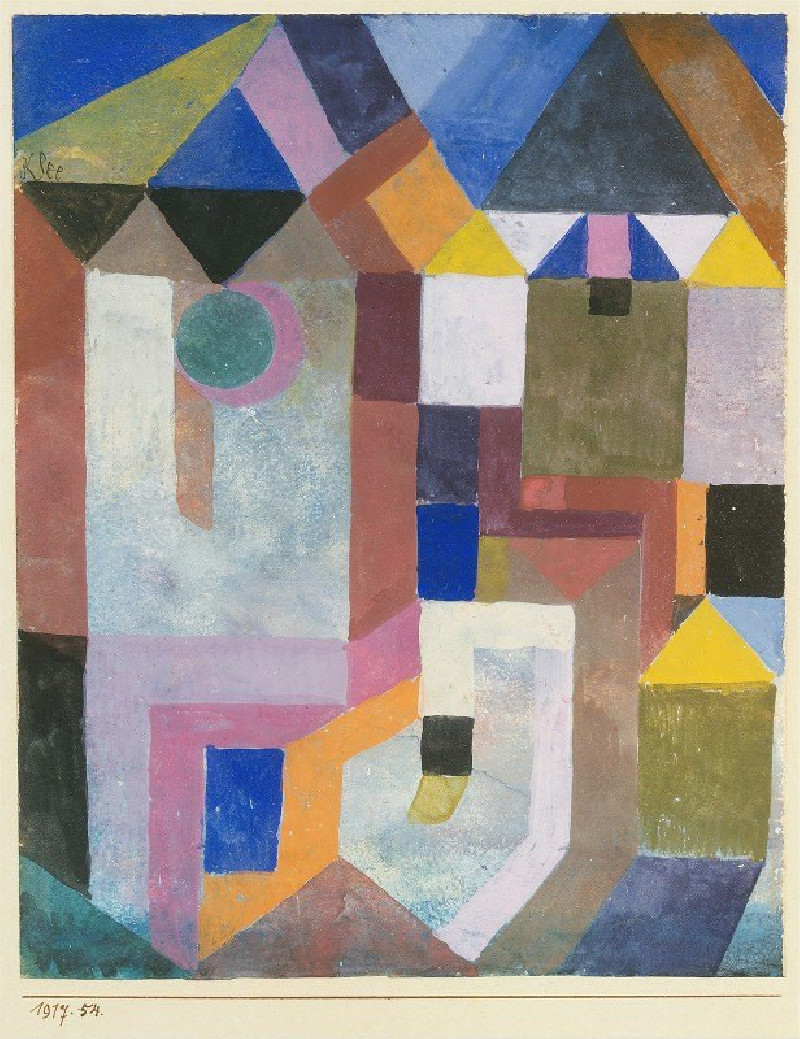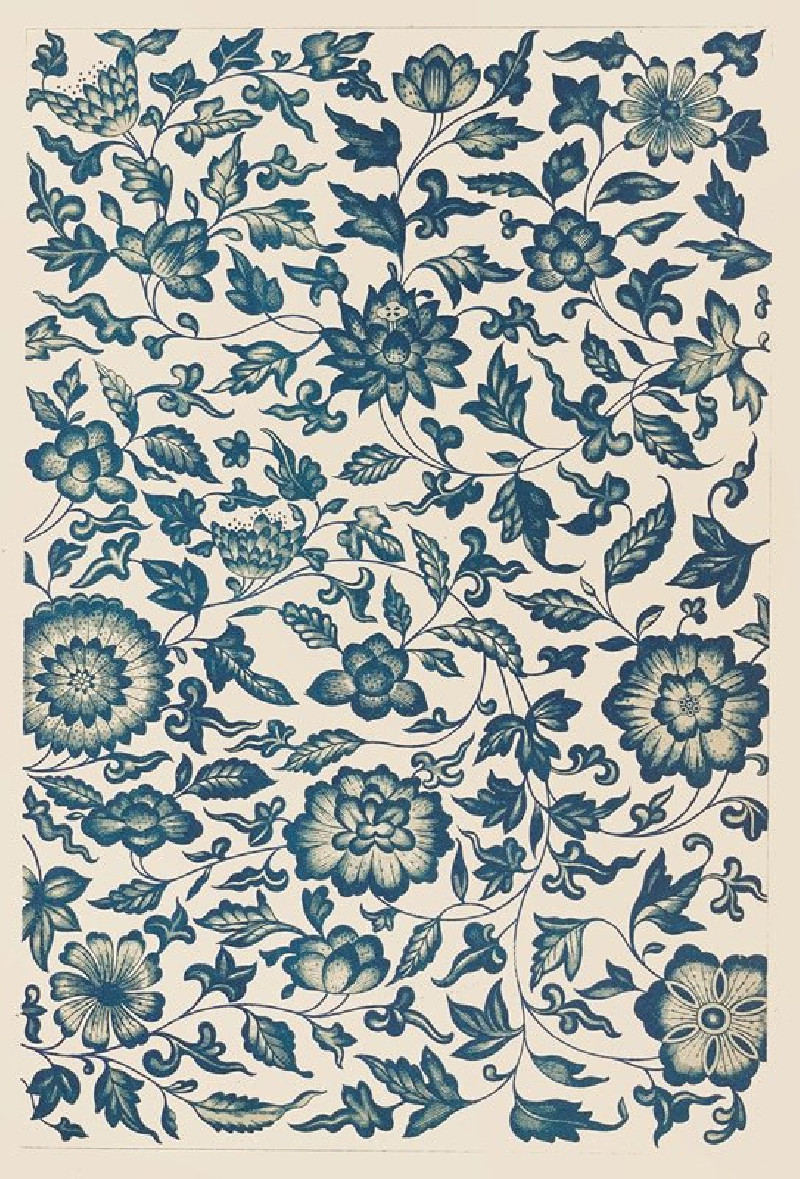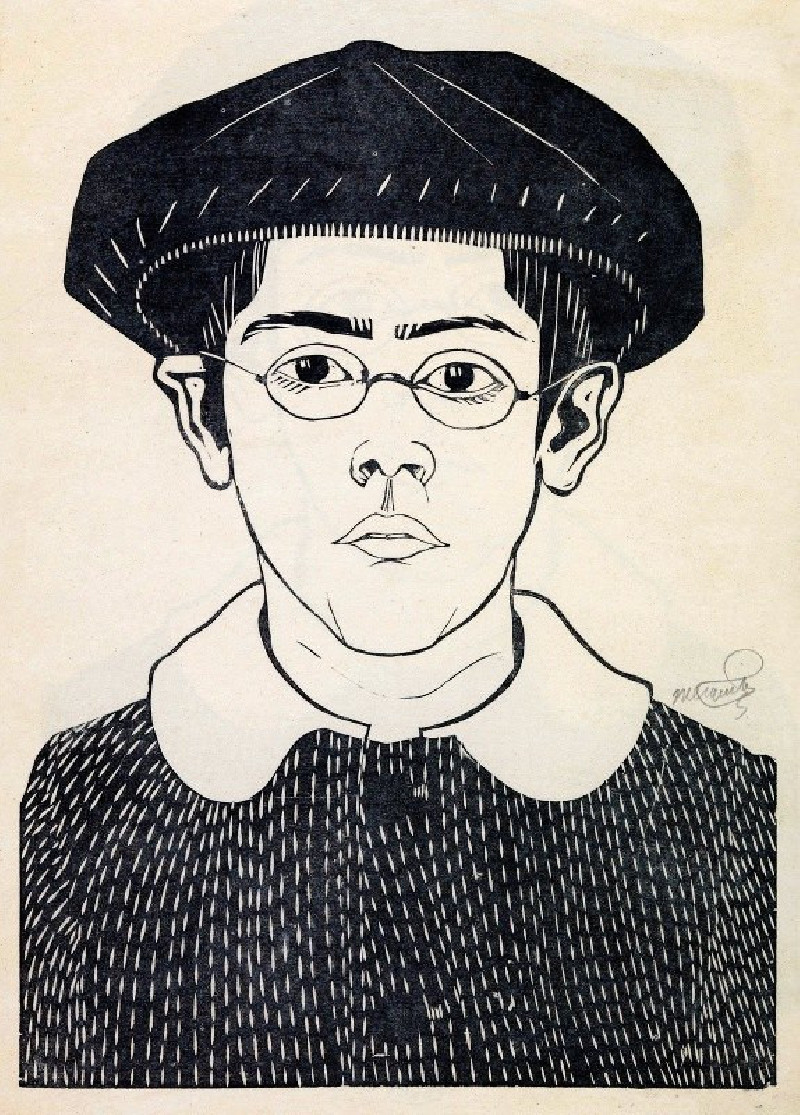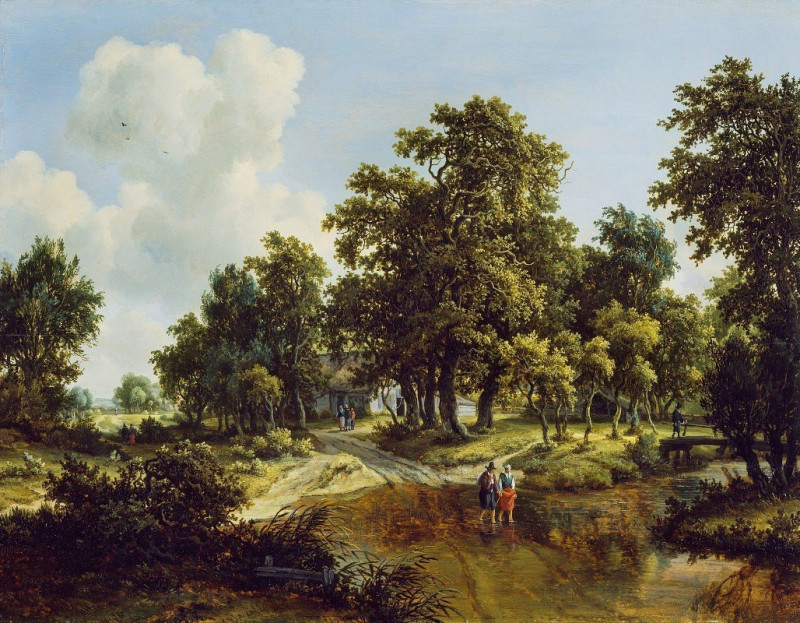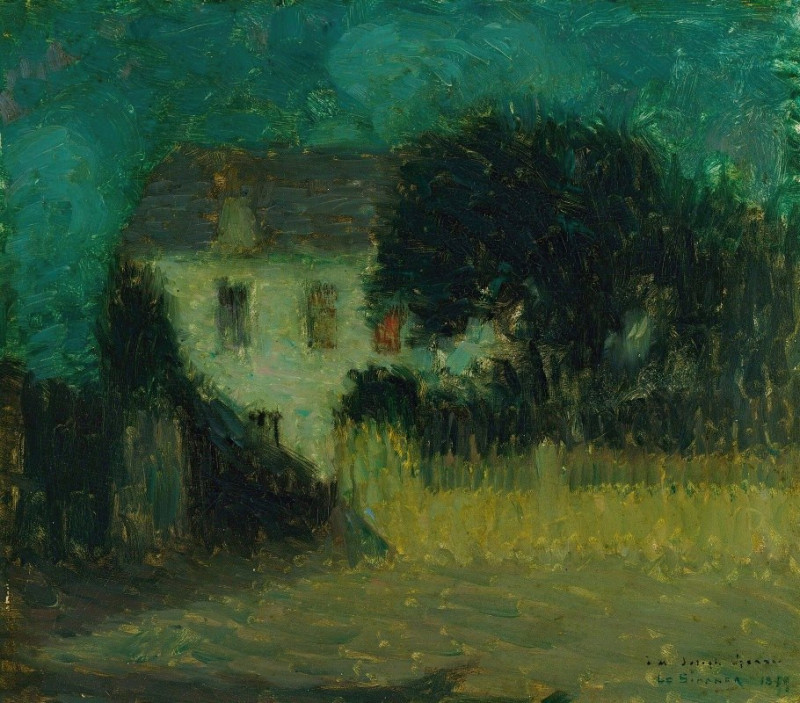Paris, La Seine au Quai Malaquais (the crane) (1910)
Technique: Giclée quality print
Recommended by our customers
More about this artwork
Dive into the effervescent world of Paul Signac as he captures a bustling Parisian scene in "Paris, La Seine au Quai Malaquais (the crane)." This 1910 watercolor and pencil on paper portrays the dynamic interplay of everyday life along the Seine River, bringing forth an intimate glimpse into the era's urban vibrancy.Signac, renowned for his role in the Pointillist movement, ventures into a more fluid and sketch-like style in this artwork. The piece focuses on a large crane stationed at the Quai Malaquais, a foreground so strongly characterized by mechanical precision and industrial importance. This crane, hovering over a boat, symbolizes the ongoing transformation within the city during the early 20th century, as Paris balanced between its historical roots and modern developments.The artist employs subtle yet vivid hues that reflect off the water, suggesting the shimmering surface of the Seine. The backdrop features faint outlines of Paris’s iconic architecture and bridges, their forms almost melting into the golden sky. The flowing lines and blend of colors evoke a sense of movement and haste, conveying the transient moments of daily commutes and the ceaseless flow of the river.This painting not only represents a physical location but also reflects a time of technological progress and its integration into the historical and scenic essence of Paris. Through "Paris, La Seine au Quai Malaquais (the crane)," Signac invites viewers to experience the harmony of nature, technology, and city life, captured from the banks of one of the most romanticized rivers in the world.
Delivery
Returns
Paul Signac (1863-1935) was a French Neo-Impressionist painter. Together with Georges Seurat, Signac developed the Pointillism style. He was a passionate sailor, bringing back watercolor sketches of ports and nature from his travels, then turning them into large studio canvases with mosaic-like squares of color. He abandoned the short brushstrokes and intuitive dabs of color of the impressionists for a more exact scientific approach to applying dots with the intention to combine and blend not on the canvas, but in the viewer's eye.

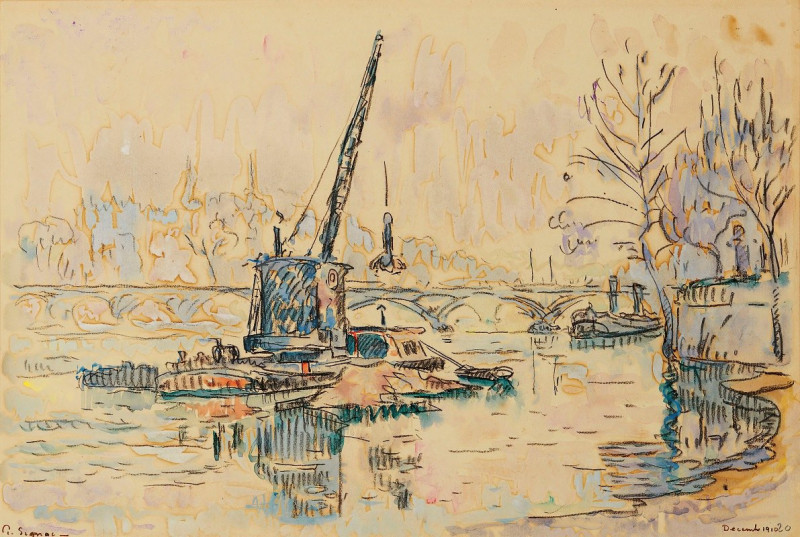


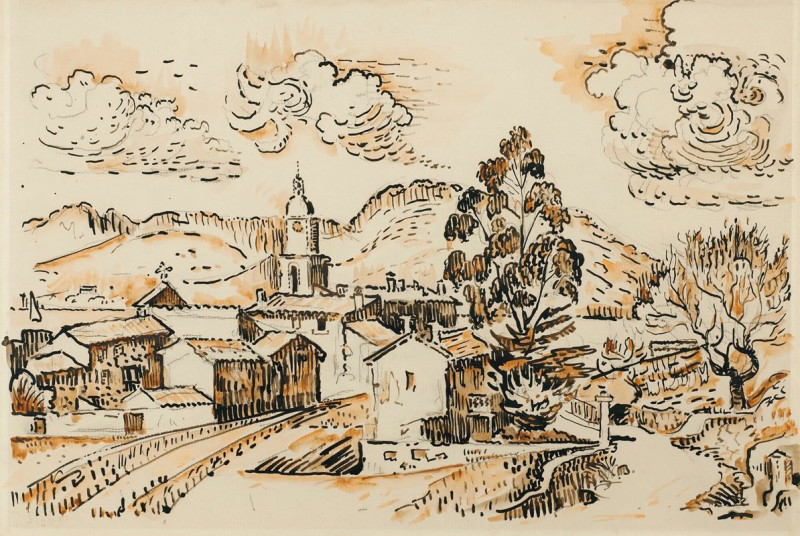

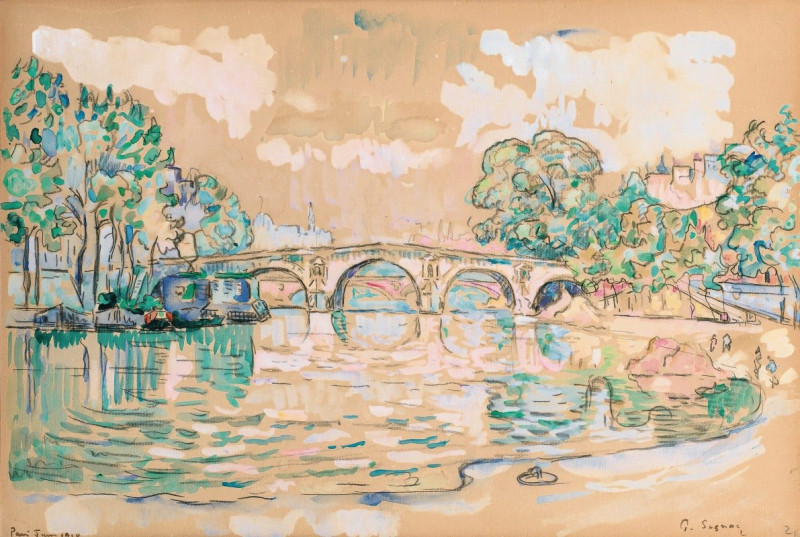
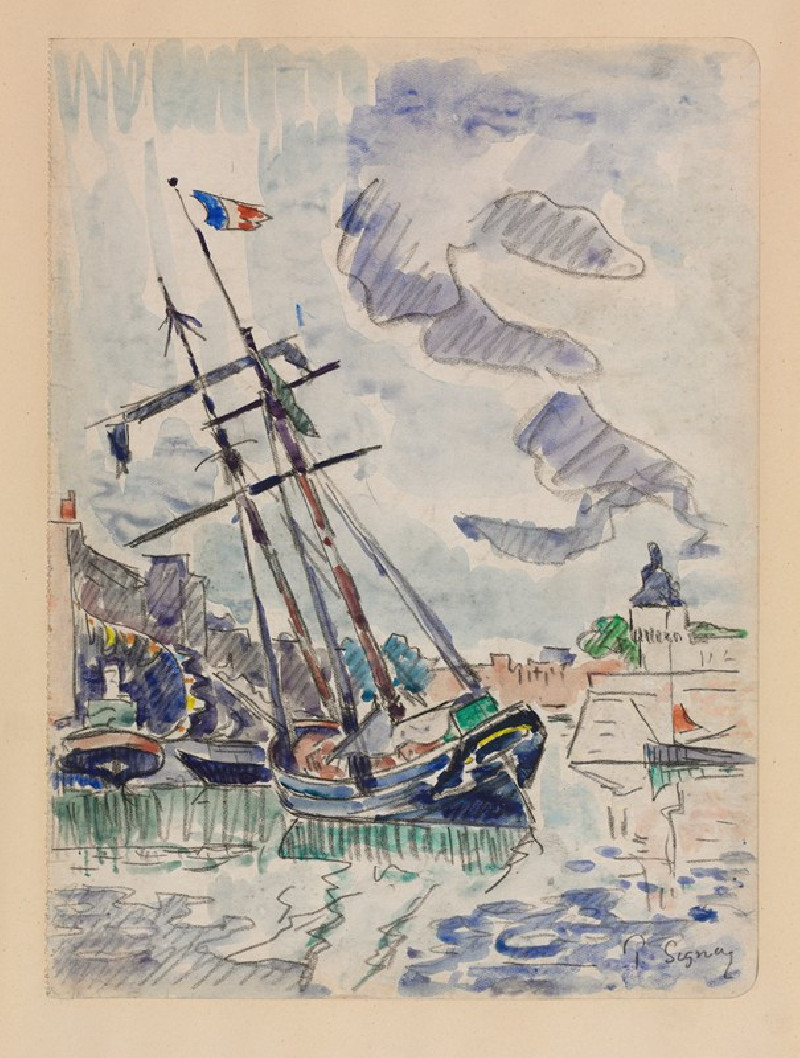


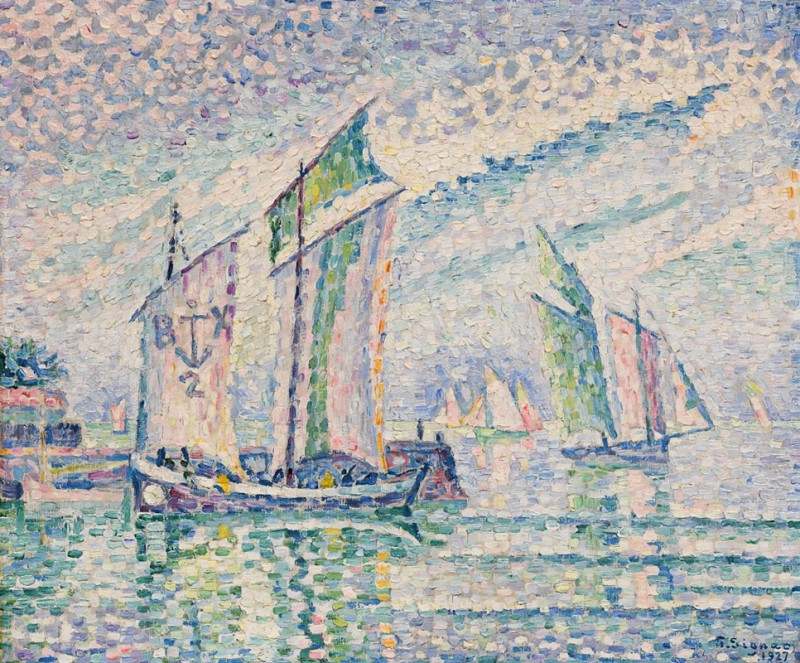
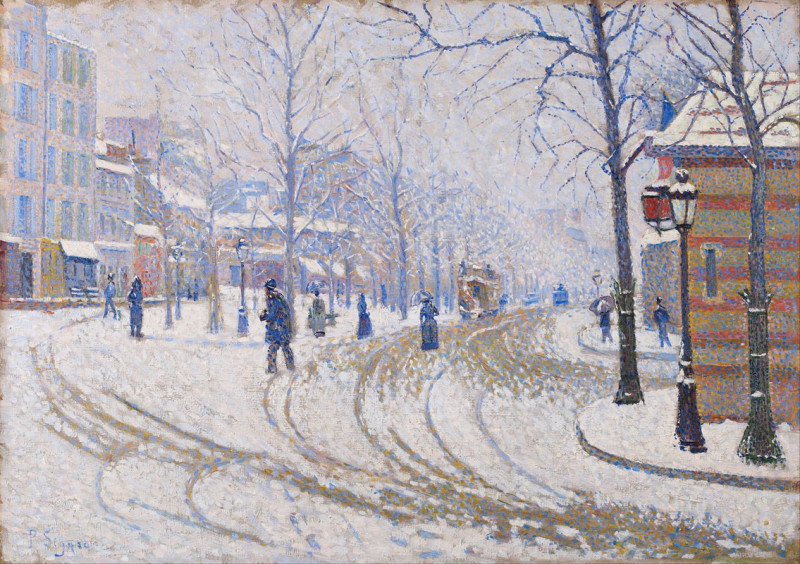
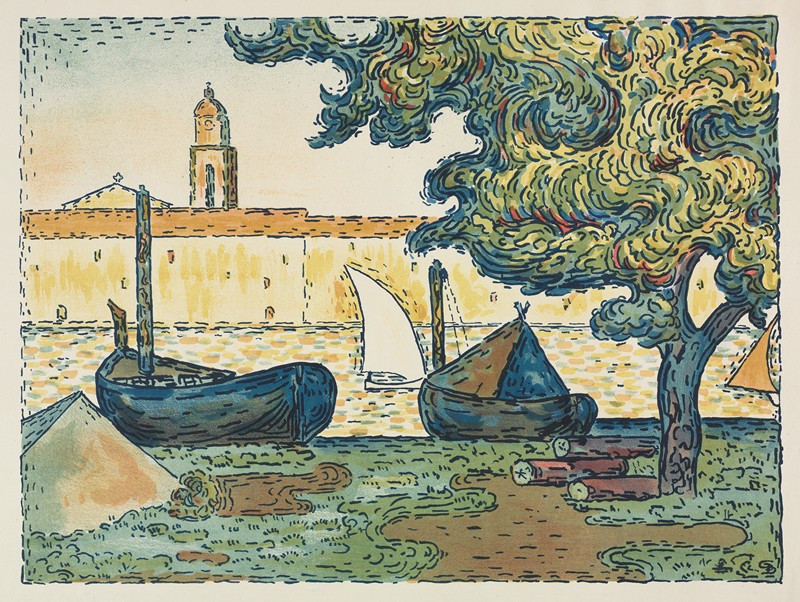


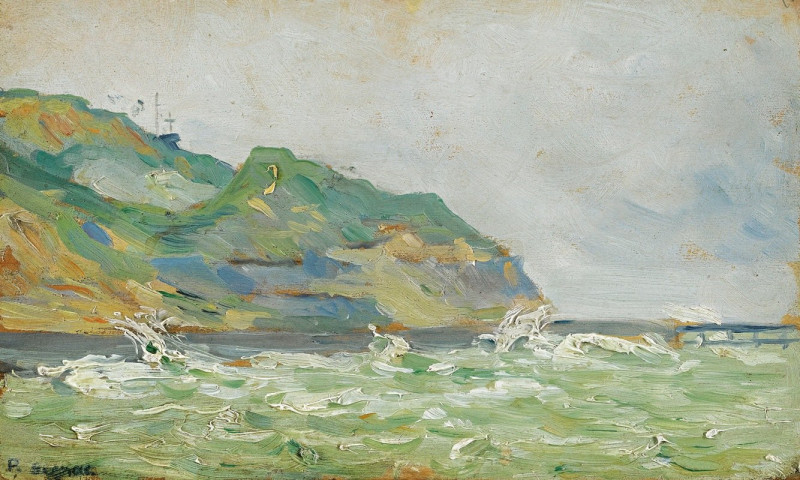
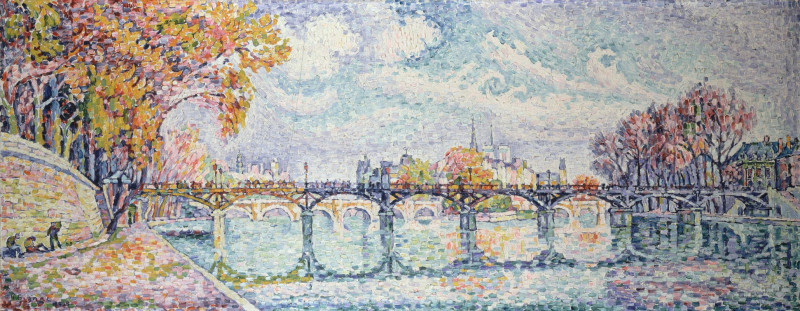
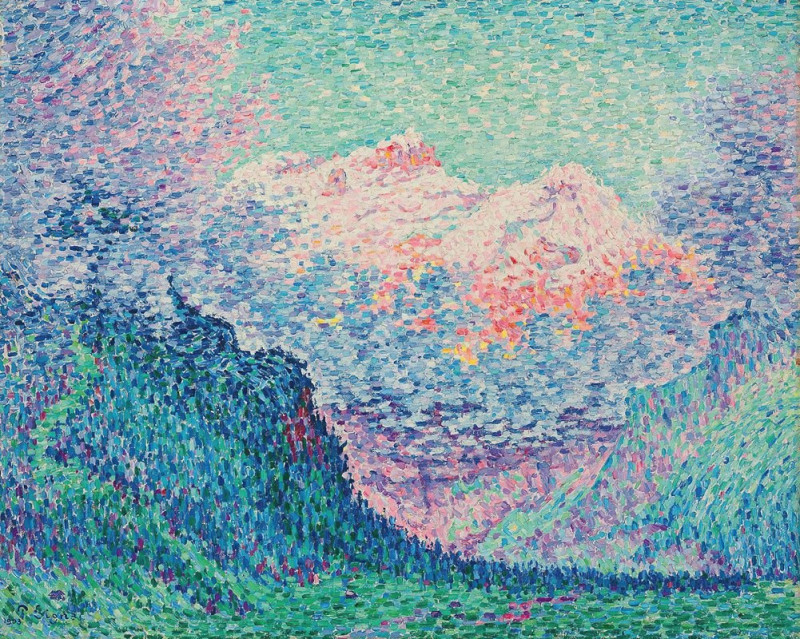

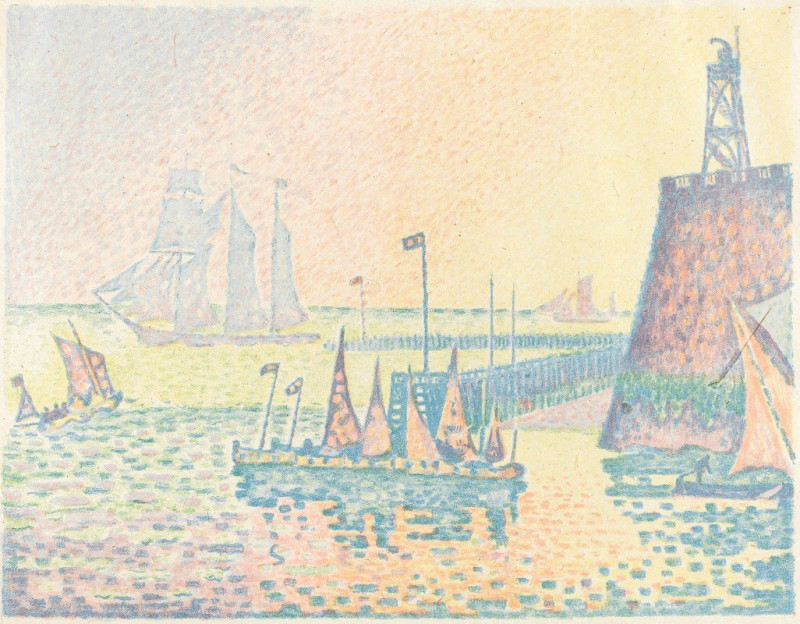
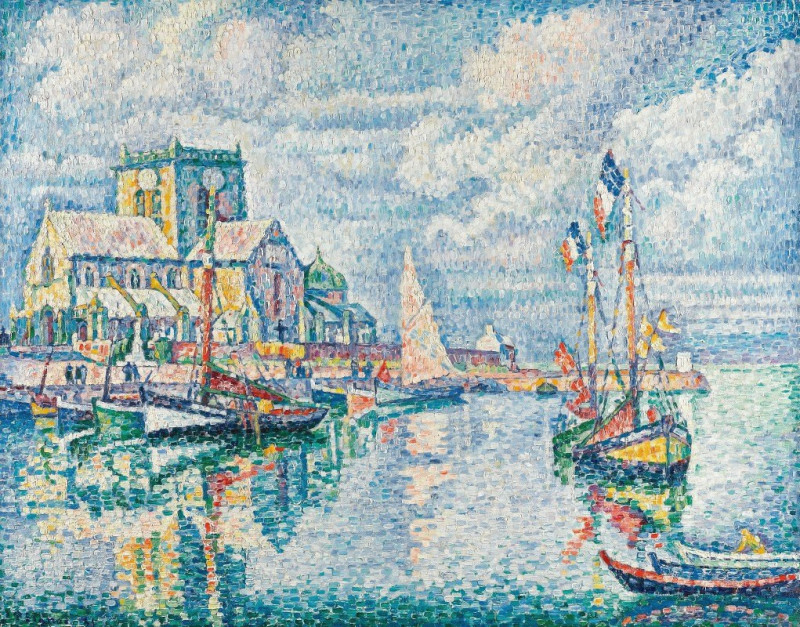

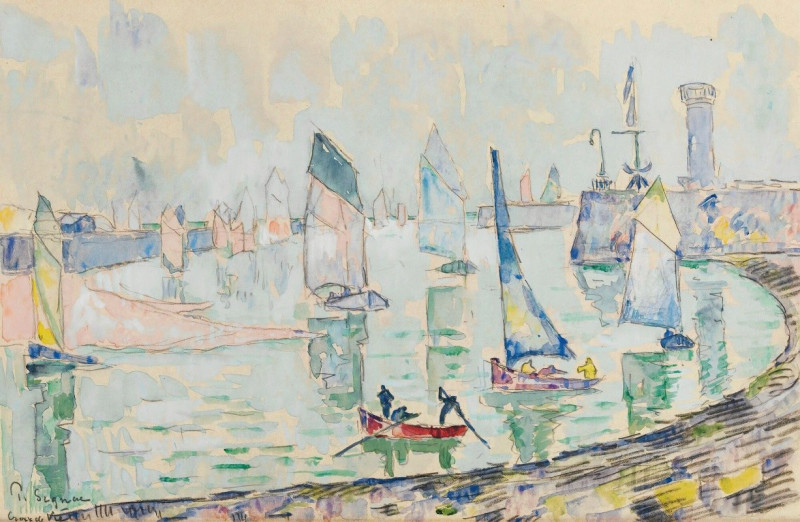


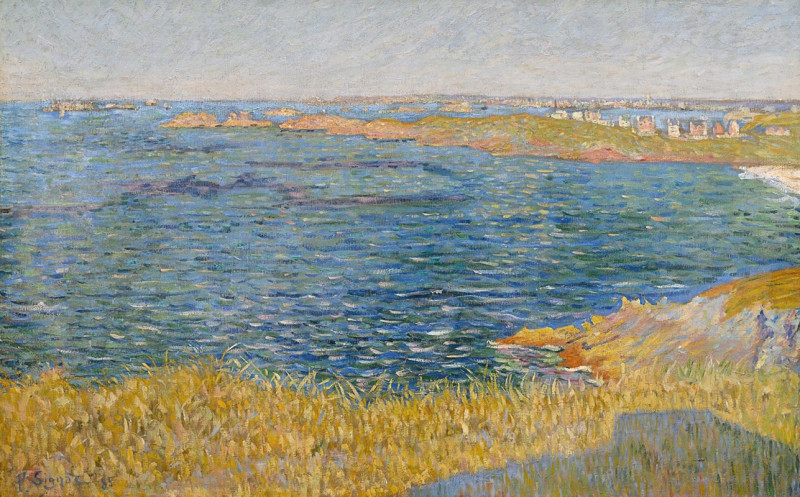
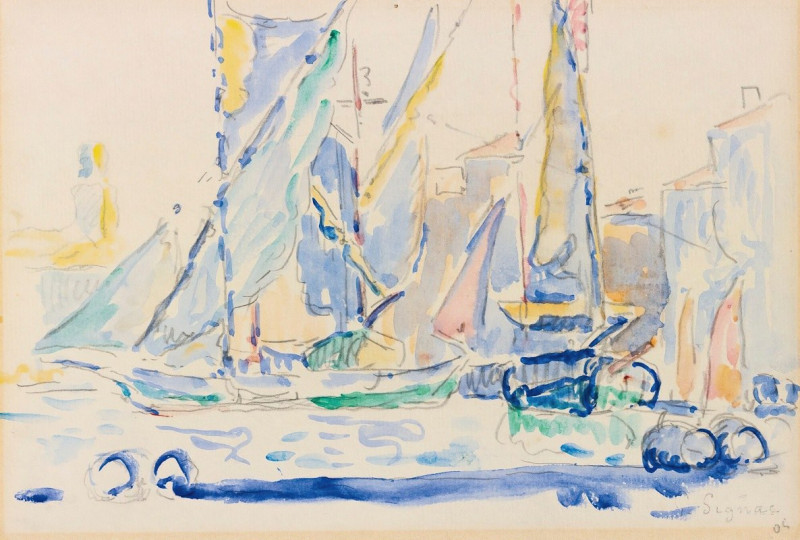
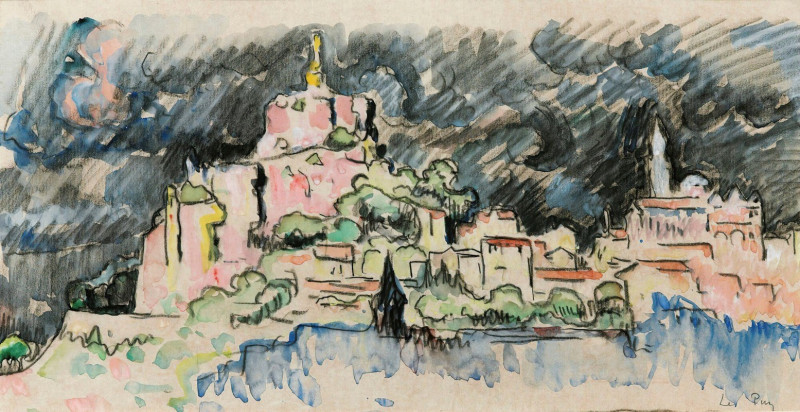
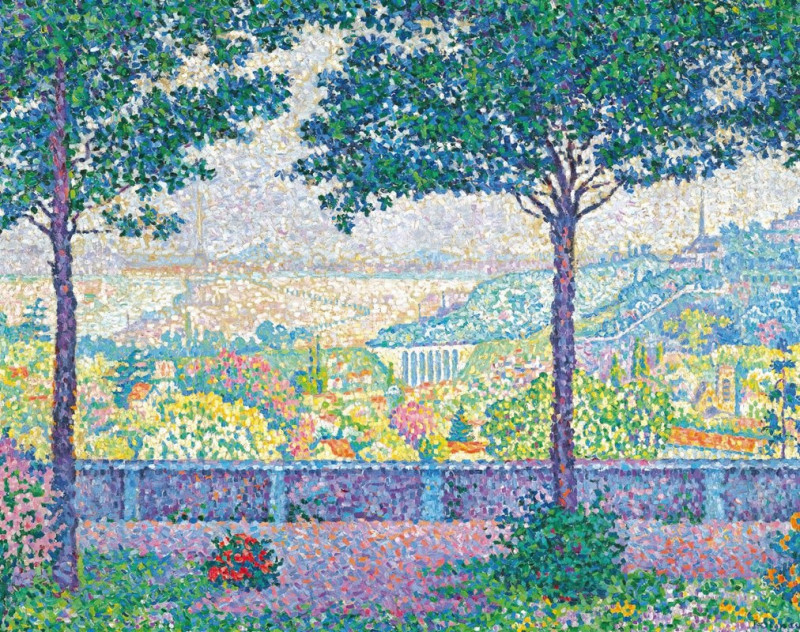

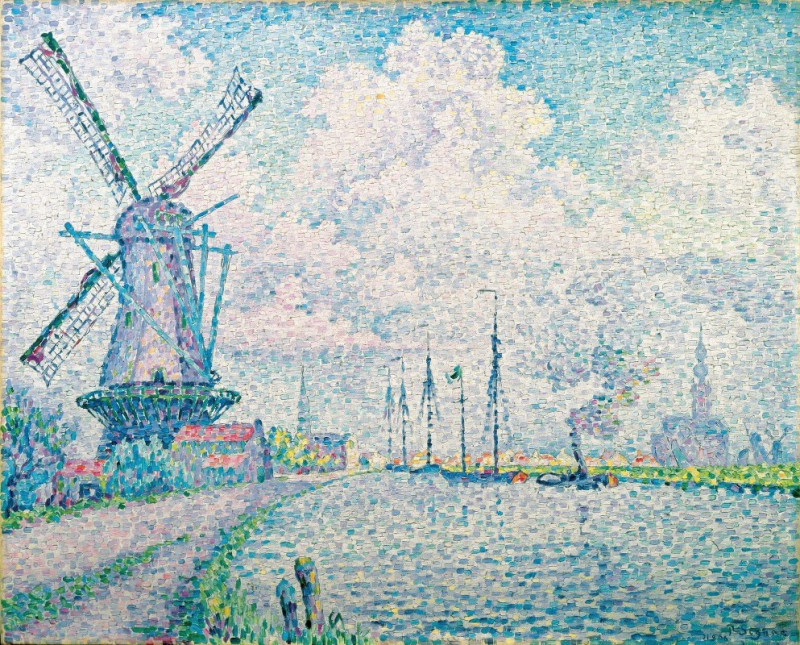
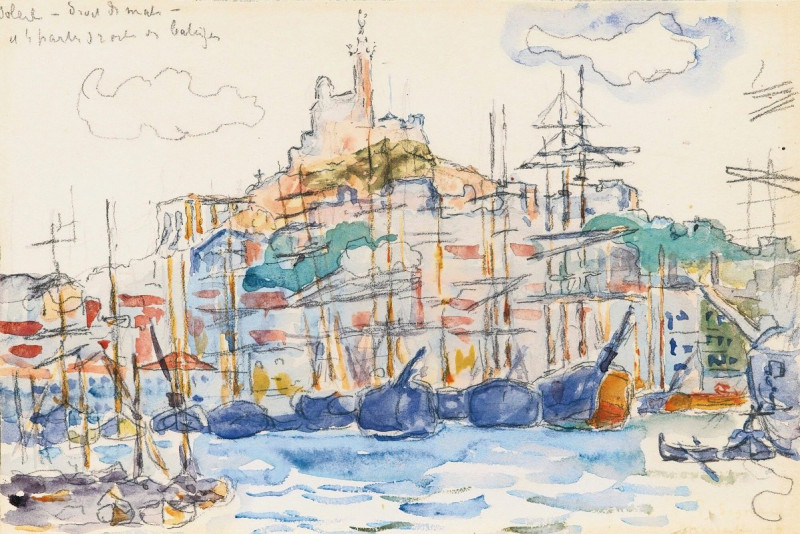
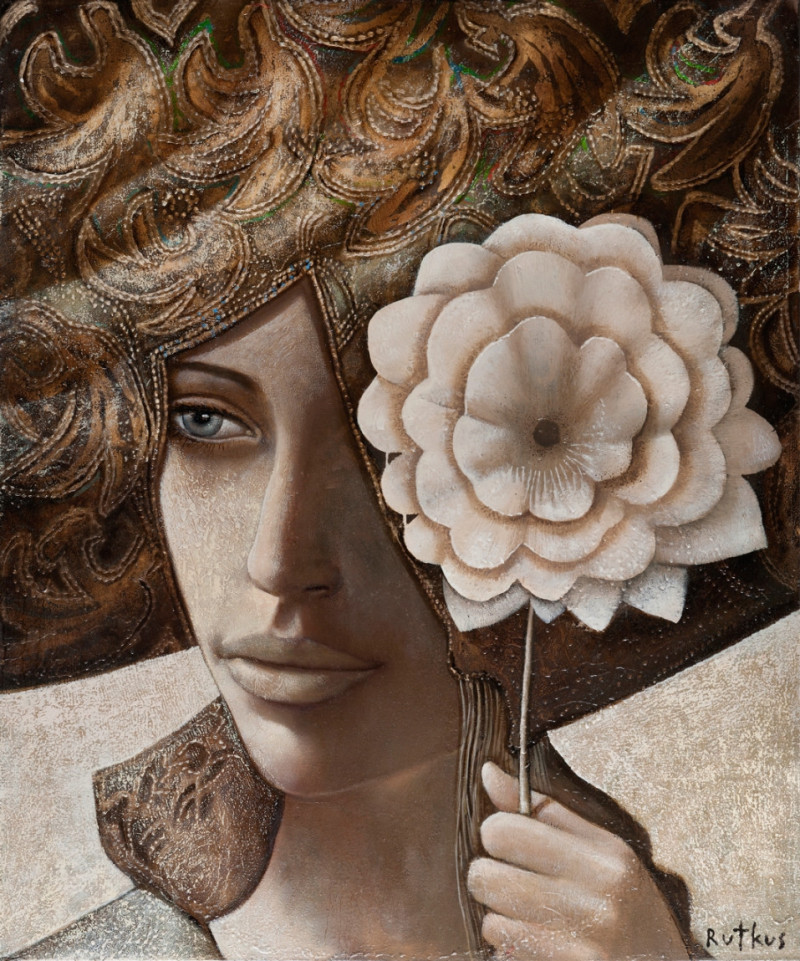

![Eve [‘The Nightmare’] (1899–1900) reproduction of painting by Paul Gauguin. ALL GICLEE PRINTS](https://reprodukcijos.lt/39854-large_default/reproduction-of-eve-the-nightmare-1899-1900.jpg)
